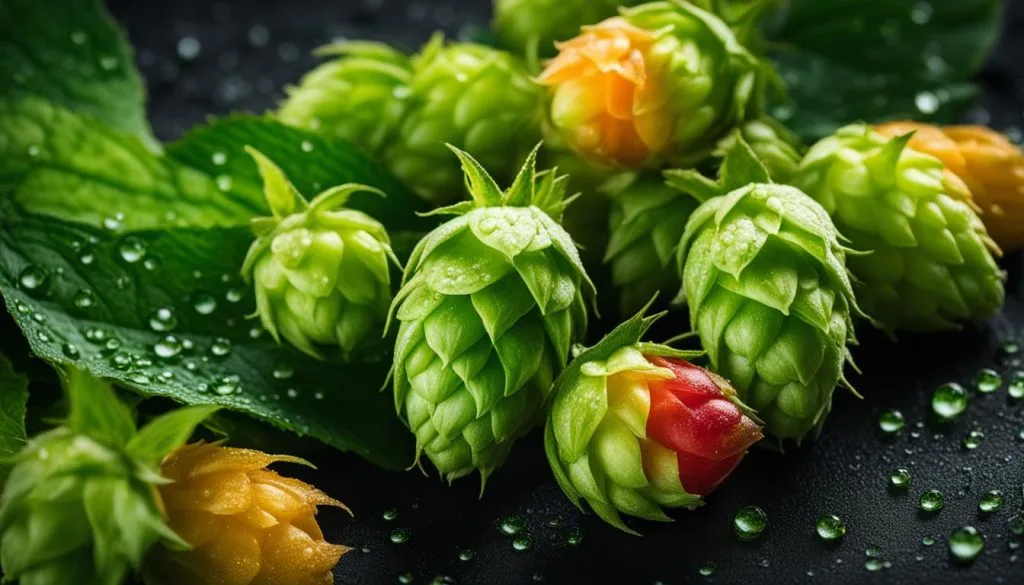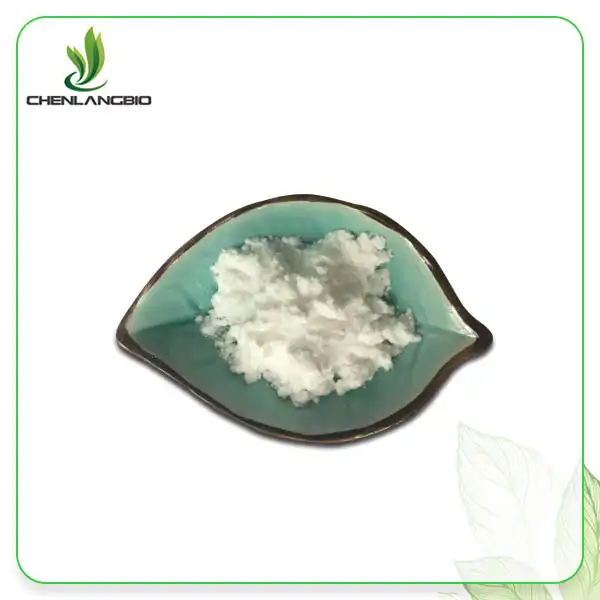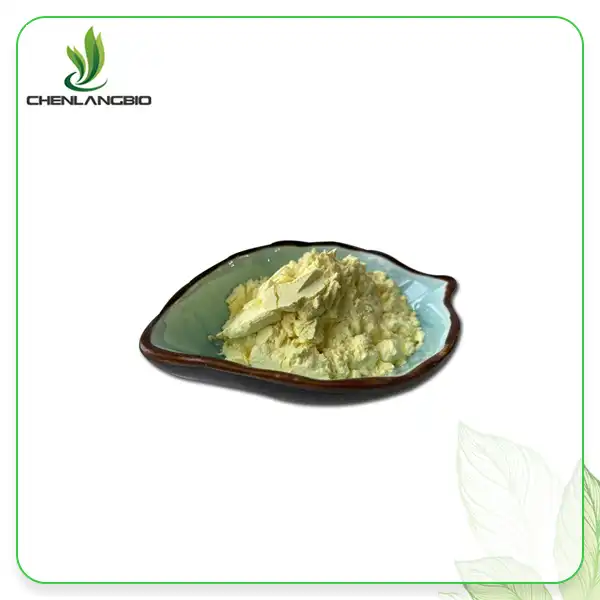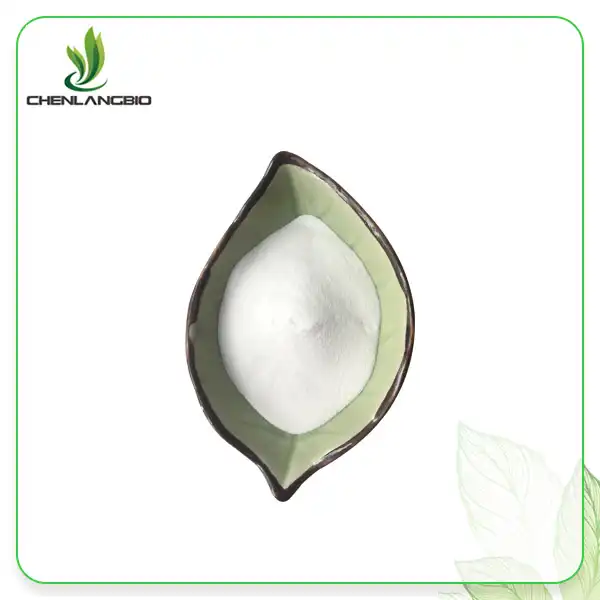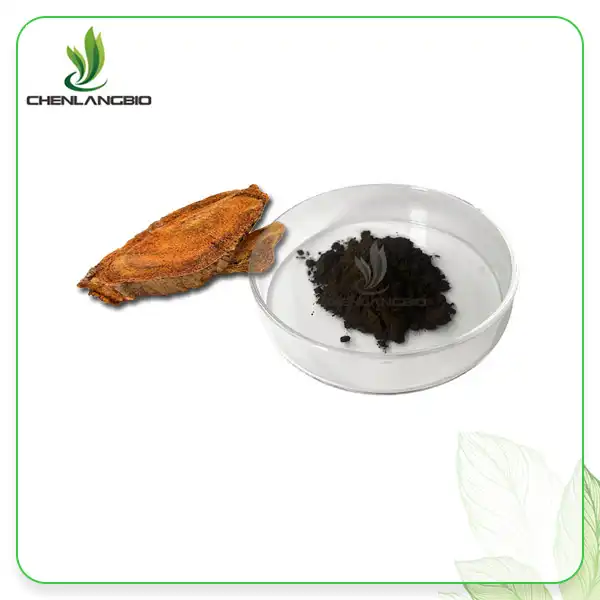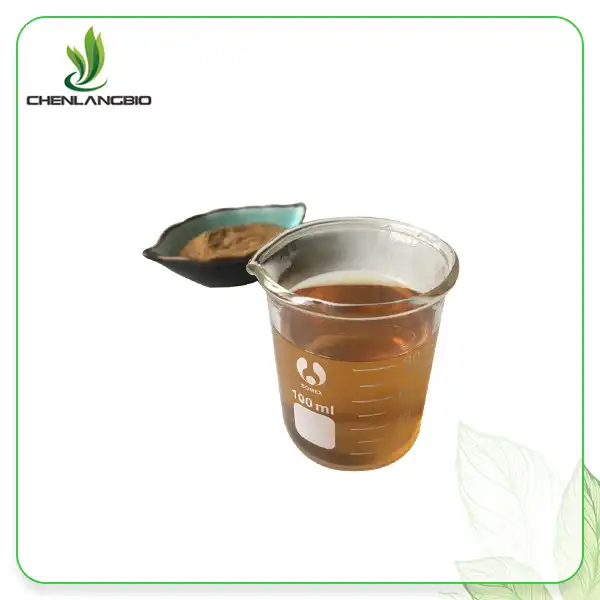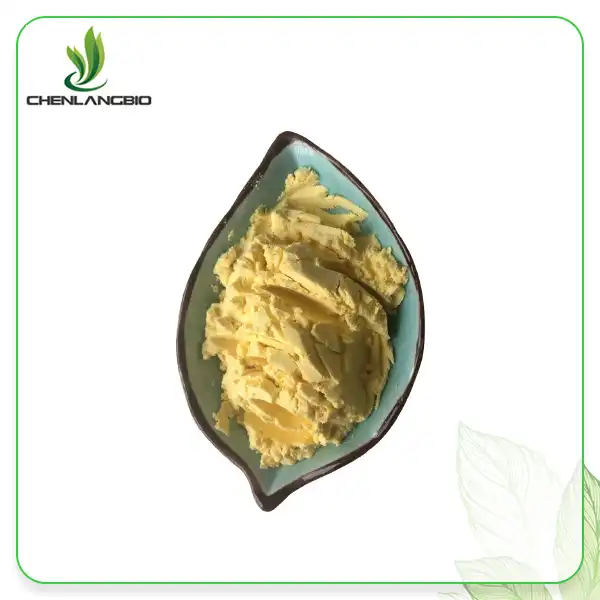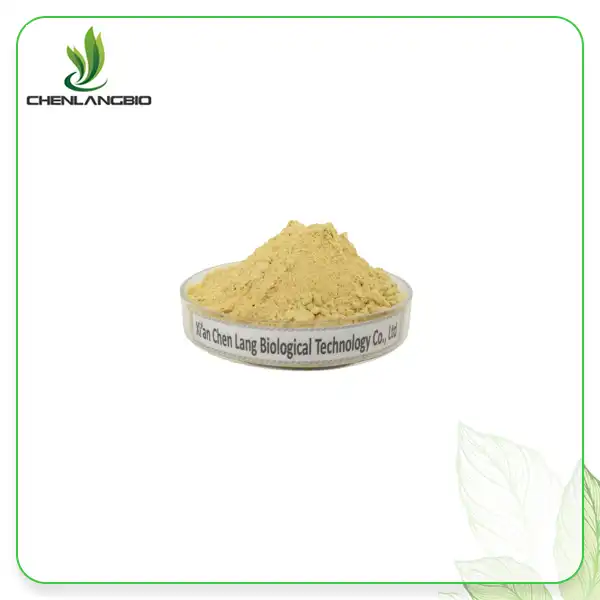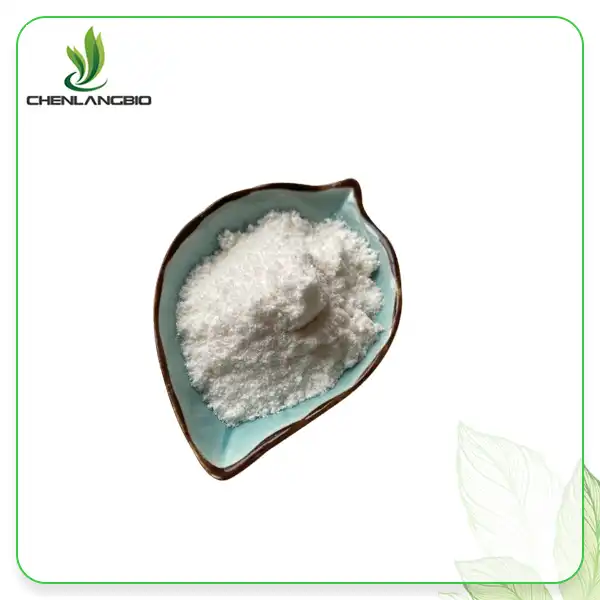Are Hops High in Histamine?
2025-04-24 08:10:02
Popular herbal treatment and main component in beer, hops flavonoids have attracted interest for their possible influence on histamine levels in the body. This blog article explores the link between hops and histamine and investigates whether hops have significant histamine content at all. We'll look at hops' chemical makeup, notably their flavonoid concentration, and talk about how these molecules might interact with histamine pathways in the human body. By understanding the connection between hops and histamine, readers can make informed decisions about their consumption, especially those with histamine sensitivities or related health concerns.
Understanding Hops and Their Chemical Composition
The Botanical Profile of Hops
Hops, scientifically known as Humulus lupulus, are the female flowers of the hop plant. For millennia, beer makers have used these cone-shaped blossoms to add unique tastes and smells to different beer varieties. Beyond their use in food, hops have long been used in traditional medicine for their alleged antibacterial and sedative effects.
Hops Flavonoids: A Closer Look
Rich flavonoid content of hops are among their most important components. A varied collection of plant chemicals, flavonoids are well-known for their antioxidant qualities and possible medicinal value. Among the predominantly occurring flavonoids in hops are 8-prenylnaringenin, xanthohumol, and isoxanthohumol.
Other Bioactive Compounds in Hops
Apart from hops flavonoids, hops represent a spectrum of other beneficial compounds. These include alpha and beta acids, which give beer its bitter taste, and aromatic essential oils. Hopes also contain terpenes like myrcene and humulene, which might help to explain their general biological activity.
Histamine and Its Role in the Body
The Function of Histamine
One essential biogenic amine with several functions in the human body is histamine. Acting as a neurotransmitter, it controls stomach acid generation and an essential mediator in the immune response. Histamine released after an allergic reaction can aggravate symptoms including inflammation, sneezing, and itching.
Histamine Intolerance and Sensitivity
Some people may have sensitivity or histamine intolerance, in which case their bodies fight to efficiently breakdown histamine. This can cause the body to accumulate histamine, which would cause different symptoms resembling allergic responses. Those with this disorder must know whether foods and drugs contain significant histamine levels.
Dietary Sources of Histamine
Many foods either naturally have histamine or can set off its production in the body. Common high-histamine foods include aged cheeses, cured meats, fermented goods, some fruits and vegetables. The question of whether hops fall into this category is of particular interest to those monitoring their histamine intake.
Analyzing the Histamine Content in Hops
Direct Histamine Content in Hops
Unlike the common wisdom, fresh hops by themselves do not have appreciable histamine content. Raw, untreated hops are thought to have minimal histamine levels generally. But hop processing and fermentation, especially in beer manufacture, can change their histamine profile.
Hops Flavonoids and Histamine Interaction
While hops might not be strong in histamine directly, their hops flavonoids can interact with body histamine systems. certain studies suggest that certain flavonoids found in hops have antihistamine properties, so helping to lower allergic symptoms. Still, the interaction between hops flavonoids and histamine is complicated and little known.
Fermentation and Histamine Production
Histamine can arise from the fermenting process used in beer manufacture. Yeast and bacteria can synthesis certain amino acids into histamine during fermentation. While hops contribute to this process, they are not the primary source of histamine in beer. The overall histamine content in beer can vary significantly depending on the brewing method and ingredients used.
Implications for Consumers
Considerations for Histamine-Sensitive Individuals
Consuming items using hops could cause problems for those with histamine intolerance or sensitivity. Although fresh hops have less histamine, beer and other fermented hop products could have higher amounts. Sensitive people should see a healthcare practitioner and think about moderation or alternatives in usage.
Potential Benefits of Hops Flavonoids
Though histamine causes some issues, the flavonoids in hops provide a variety of possible health advantages that, in moderation, can offset these effects. Traditionally used in the production of beer, hops offer a range of bioactive chemicals, including flavonoids such as xanthohumol, which have drawn great interest in the health and wellness sector. The anti-inflammatory effects of hops flavonoids represent one of the most exciting directions of study. Among the many health issues connected to chronic inflammation include diabetes, cardiovascular diseases, and even neurological diseases. Hop flavonoids could assist to lower the risk of various diseases by adjusting inflammatory pathways and lowering the synthesis of pro-inflammatory cytokines, therefore boosting long-term health. Apart from their anti-inflammatory properties, hops flavonoids possess strong antioxidant action. Protecting the body from oxidative stress—that which results from an imbalance between free radicals and the body's capacity to neutralize them—requires antioxidants.
Among the several diseases, including cancer, heart disease, and Alzheimer's, oxidative stress can help to explain aging and their development. The flavonoids in hops can help to neutralize free radicals, potentially reducing the risk of these conditions and supporting the body’s natural defense systems. Furthermore, preliminary research indicates that hops flavonoids could have anti-cancer properties, especially in stopping the proliferation of some kinds of cancer cells. Although additional study is required to completely grasp the degree of these benefits, the first results give optimism that hops flavonoids could either be a complement to conventional cancer treatments or help to prevent cancer. Moderately eaten hops flavonoids could provide a natural, efficient means of improving general health and fitness. Although personal sensitivity—that of histamine—should be taken into account, these bioactive chemicals have the potential to offer a wide spectrum of health advantages including anti-inflammatory, antioxidant, and maybe anti-cancer actions. Including hops flavonoids in a balanced diet could help to encourage a good lifestyle and lower over time the risk of chronic diseases.
Alternatives and Moderation
Alternatives exist for people wishing to savor the tastes of hops without running across possible histamine issues related to beer. Hop extracts or non-alcoholic hop-infused drinks could offer a means to enjoy the special taste of hops with maybe less histamine levels. Moderation and personal tolerance levels should direct consumption decisions, as with any nutritional factor.
Conclusion
In essence, fresh hops have low histamine content but their function in fermented foods and possible interactions with histamine pathways demand attention. The hops flavonoids show interesting health potential and help to balance possible risks with great advantages. People, particularly those with histamine sensitivity, should approach hop-containing goods deliberately and, where needed, seek advice from medical professionals. You can reach us at admin@chenlangbio.com if you wish any information about this product.
References
1. Stevens, J. F., & Page, J. E. (2004). Xanthohumol and related prenylflavonoids from hops and beer: to your good health!. Phytochemistry, 65(10), 1317-1330.
2. Cermak, P., Paleckova, V., Houska, M., & Strohalm, J. (2015). Inhibition of histamine formation in beer. Journal of the Institute of Brewing, 121(4), 548-553.
3. Maintz, L., & Novak, N. (2007). Histamine and histamine intolerance. The American journal of clinical nutrition, 85(5), 1185-1196.
4. Zanoli, P., & Zavatti, M. (2008). Pharmacognostic and pharmacological profile of Humulus lupulus L. Journal of ethnopharmacology, 116(3), 383-396.
5. Milligan, S. R., Kalita, J. C., Heyerick, A., Rong, H., De Cooman, L., & De Keukeleire, D. (1999). Identification of a potent phytoestrogen in hops (Humulus lupulus L.) and beer. The Journal of Clinical Endocrinology & Metabolism, 84(6), 2249-2252.
6. Wöhrl, S., Hemmer, W., Focke, M., Rappersberger, K., & Jarisch, R. (2004). Histamine intolerance‐like symptoms in healthy volunteers after oral provocation with liquid histamine. Allergy and Asthma Proceedings, 25(5), 305-311.
Send Inquiry
Related Industry Knowledge
- Can 3,3, DIIDOLYLMETHANE Enhance Fat Loss and Metabolism?
- What are the Benefits of Using Kojic Acid Dipalmitate?
- What Are the Potential Health Benefits of L-Ergothioneine?
- What Does Ascorbyl Glucoside Do to Your Skin? Benefits Revealed
- What is Camellia Oleifera Seed Extract Powder Used for
- Can l Use Monobenzone for Skin Lightening
- What is the Function of Ergothioneine
- What Is Alpha Glycerylphosphorylcholine Used For
- When Should I Take Resveratrol Powder Supplement
- What is Different Between Low Molecular and High Molecular Hyaluronic Acid Powder

